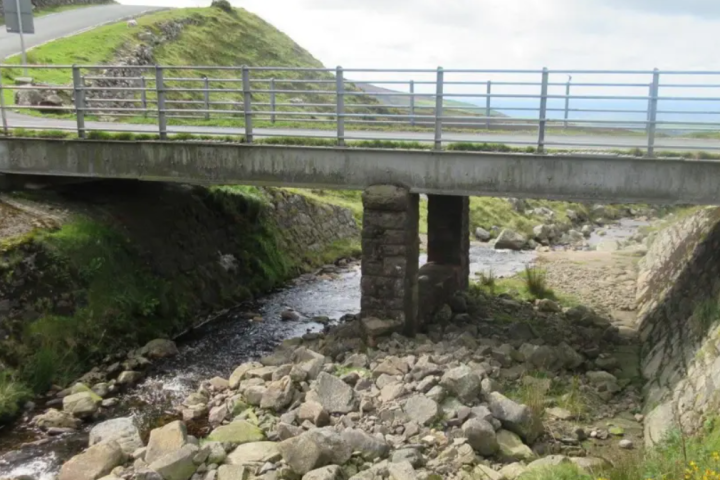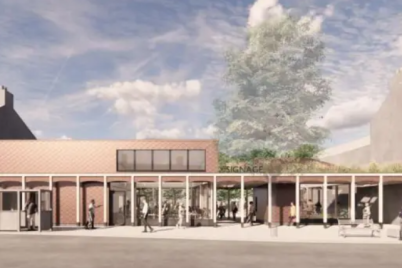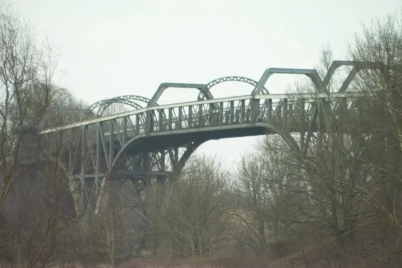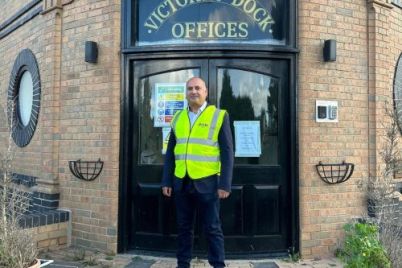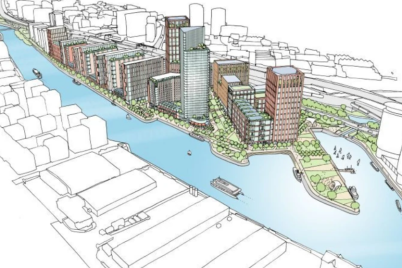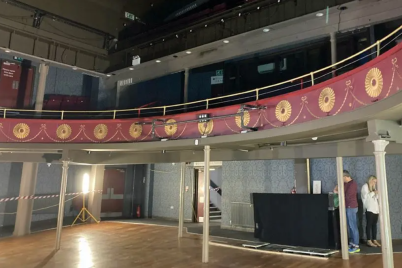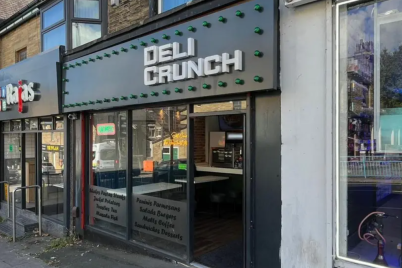Bridge repairs in Cumbria to cost over £6m this year as councils face rising costs, climate damage, and urgent structural challenges.
The cost of maintaining and repairing council-owned bridges in Cumbria is rising sharply, with spending forecast to exceed £6m this financial year — a significant increase from less than £4m in each of the two previous years. Council leaders have warned that inflation, climate change, and the deteriorating condition of many structures are driving up costs and urgency.
Karl Melville, assistant director for highways and transport at Cumberland Council, said the Labour-led authority was investing more because hundreds of bridges were now classed as being in poor or very poor condition. “Bridges are sitting in water for longer, because of the long, wet spells that we have,” he explained, citing prolonged rainfall as a major factor in structural degradation. He added that the rising price of materials and labour had also increased the strain on budgets, saying the additional funding was “in recognition of the feedback we’ve had from our inspections.”
Cumberland Council’s figures show that 326 bridges are rated as poor and 38 as very poor, accounting for nearly half of those it maintains. It expects to spend £4.2m on bridge repairs in 2025–26.
Neighbouring Westmorland and Furness Council, which is Liberal Democrat-led, reported far fewer bridges in critical condition — only 46 — and said its projected £1.8m budget for repairs this year remained a forecast that could end up lower. “This figure may change due to the complex nature of many of the projects,” a council spokesperson said. “Just as in previous years, the final figure may end up being lower.”
The rising costs reflect a combination of factors, including increasingly severe weather events and the ageing of key transport links across rural Cumbria. In recent years, the region has faced a series of major bridge issues that highlight the scale and complexity of the challenge.
In South Cumbria, Buckbarrow Bridge — closed since August 2023 due to “significant structural concerns” — is now set to be demolished and replaced entirely. Cumberland Council has confirmed that repairing the existing bridge was not feasible, with a new structure scheduled for installation in June 2025. The £ project will follow a detailed design phase later this year, and road closures will remain in place until completion. Councillor Denise Rollo said the executive had reallocated funds to ensure the scheme could proceed, adding that while the closure had caused frustration, “Buckbarrow Bridge has been deemed unsafe and therefore we will need to replace it.”
Elsewhere, Holme Farm Bridge in Appleby was recently closed to pedestrians amid warnings of a potential “catastrophic collapse.” Westmorland and Furness Council said that while the bridge appeared stable, hidden structural weaknesses underwater had undermined one of its supports. The council urged the public not to remove safety barriers after they were found to have been pulled aside.
At the same time, major work continues on the M6 Lune Gorge bridges, where National Highways is undertaking a four-year repair programme between junctions 37 and 38. Following community concerns, Lawtland House Bridge — which carries the A685 over the motorway — will remain open throughout the project. Adam Williams, programme manager for National Highways, said the bridge’s condition was “not as critical” as the others and that local feedback had influenced the decision to postpone its repair until after the main works finish in 2031.
The Lune Gorge section, now over 50 years old, has suffered from heavy use and harsh conditions, and the extensive works are intended to “future-proof” the motorway — Cumbria’s only one — for decades to come.
The combination of local and national infrastructure projects underlines a growing problem: the region’s bridges, many of them historic, are under increasing stress from both age and environment. For councils already facing tight budgets, the rising cost of bridge repairs in Cumbria is a mounting challenge, balancing public safety, community access, and financial constraints.
While both Cumberland and Westmorland and Furness councils stress that safety remains their top priority, the figures make clear that the scale of maintenance required is only set to grow — with climate, cost, and community impact all shaping the future of Cumbria’s vital transport links.

